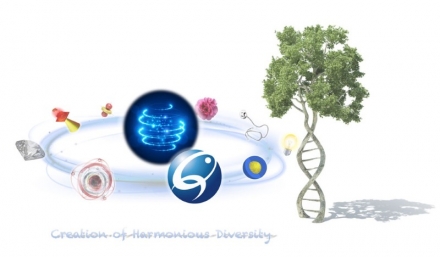
From nature research:
Nanomedicine has opened new horizons for clinicians, making possible novel medical tools and therapies. But how do you safely and accurately work with tools that are 140 times smaller than a red blood cell? How can you see what you’re doing when working at scales smaller than the wavelength of visible light?
Toshio Hirano, President of QST, is an immunologist who discovered interleukin-6.
That’s where imaging is essential. Multiple technologies must be dovetailed to create a seamless ‘picture’ of what is happening inside the body at the nanoscale. This is what researchers are doing at the National Institutes for Quantum and Radiological Science and Technology (QST), the core research centre for quantum science and technology in Japan.
We’re developing new in vivo imaging technologies that can recognize disease, evaluate the benefits of therapy, and discover new diagnostic biomarkers for pre-clinical applications,” says Dr Ichio Aoki of the National Institute of Radiological Sciences (NIRS) in Chiba, a major QST node.
If researchers are to understand dynamic biological processes in the body — including enzyme and protein activity, biodistribution and the progression and treatment of diseases — and do so in repeatable, longitudinal studies, accurate imaging of patients in vivo is vital. But it’s a lot harder than it sounds, especially with intractable cancers.
Take the use of magnetic resonance imaging: it provides good soft-tissue contrast, but conventional MRI lacks the sensitivity to identify cancerous cells. Positron emission tomography (PET) has much better sensitivity for detecting cancer but requires radioactive chemicals — meaning that cancer patients can be over-exposed to radiation during longitudinal studies.
Aoki’s Quantum-state Controlled MRI Group at QST has been working on ways to make MRI better at imaging tumours by developing nanoparticle contrast agents that respond and amplify the signal for tumour-related factors, such as pH and oxidation potential.
